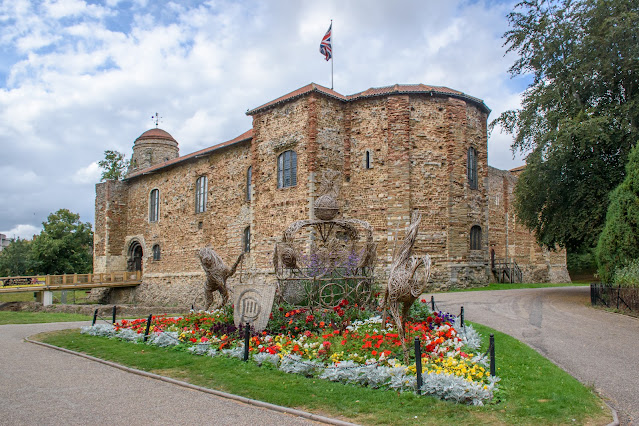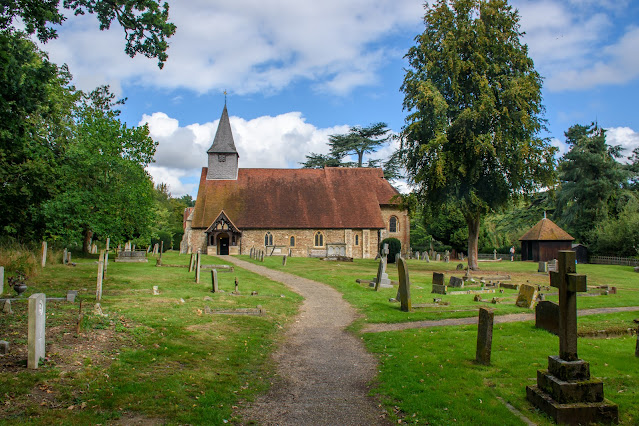Having been told about the wall paintings in Copford Church, I did a little research on the internet, and this is a quote from one site: " What is it that makes it so special? It is interesting architecturally and has a pretty woodland setting, on the edge of our small village, beside the cricket pitch. However, the remarkable Norman wall paintings are the real attraction, described by Simon Jenkins as `amongst the best in England`. Only five minutes off the A12 just south of Colchester, they are certainly worth a detour if you are visiting East Anglia." Having never been to Copford before, I had to get out my map and plot my journey - only to find that Copford is only just south of Colchester so didn't require much plotting! On arrival a coffee morning was in progress and before long was included by the lovely bunch of people there. Plus, one of the ladies gave me a detailed tour of the church, before making my coffee and cutting me a large slice of cake! So, back ...





